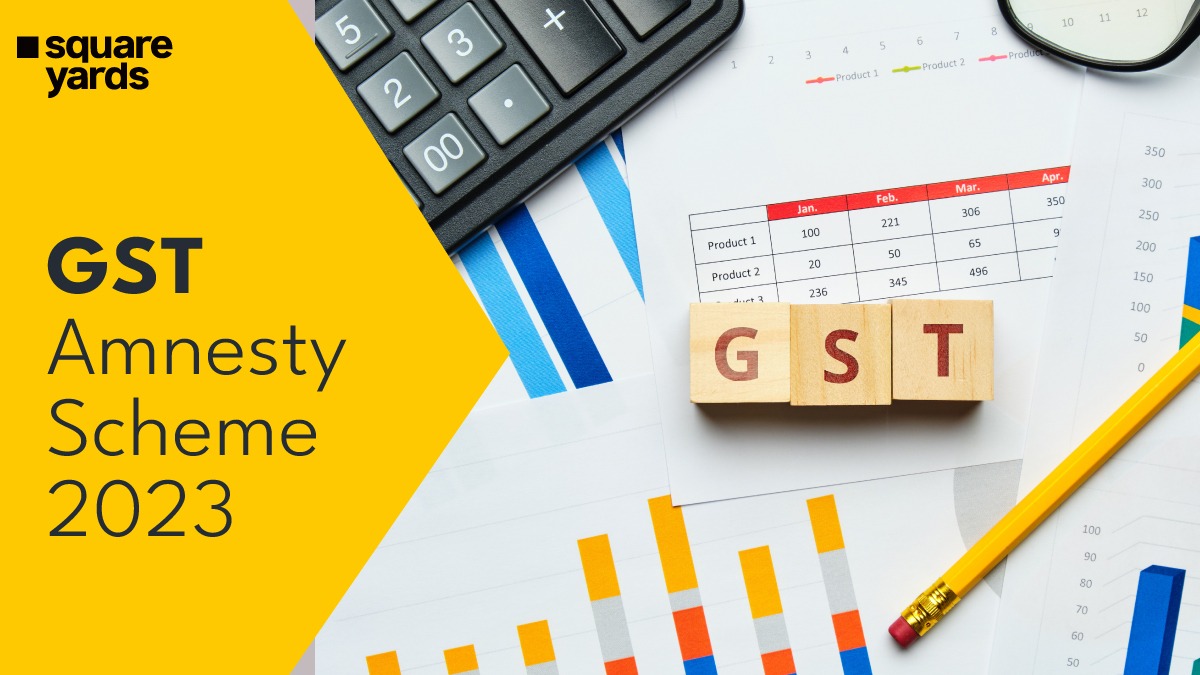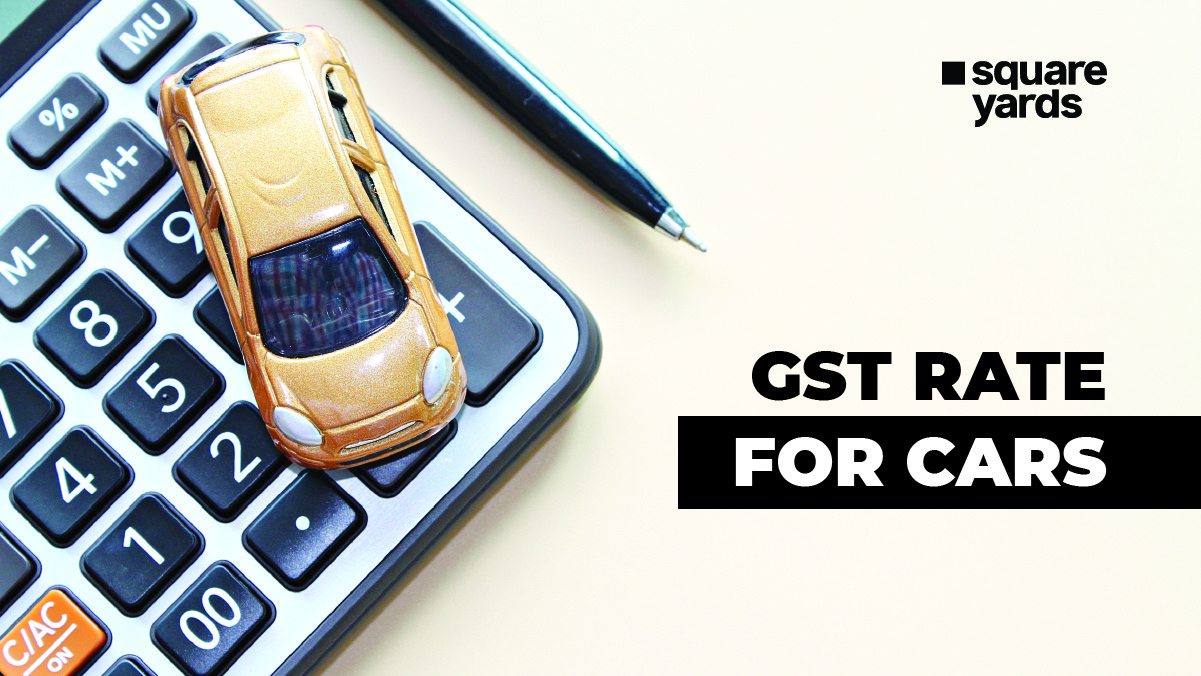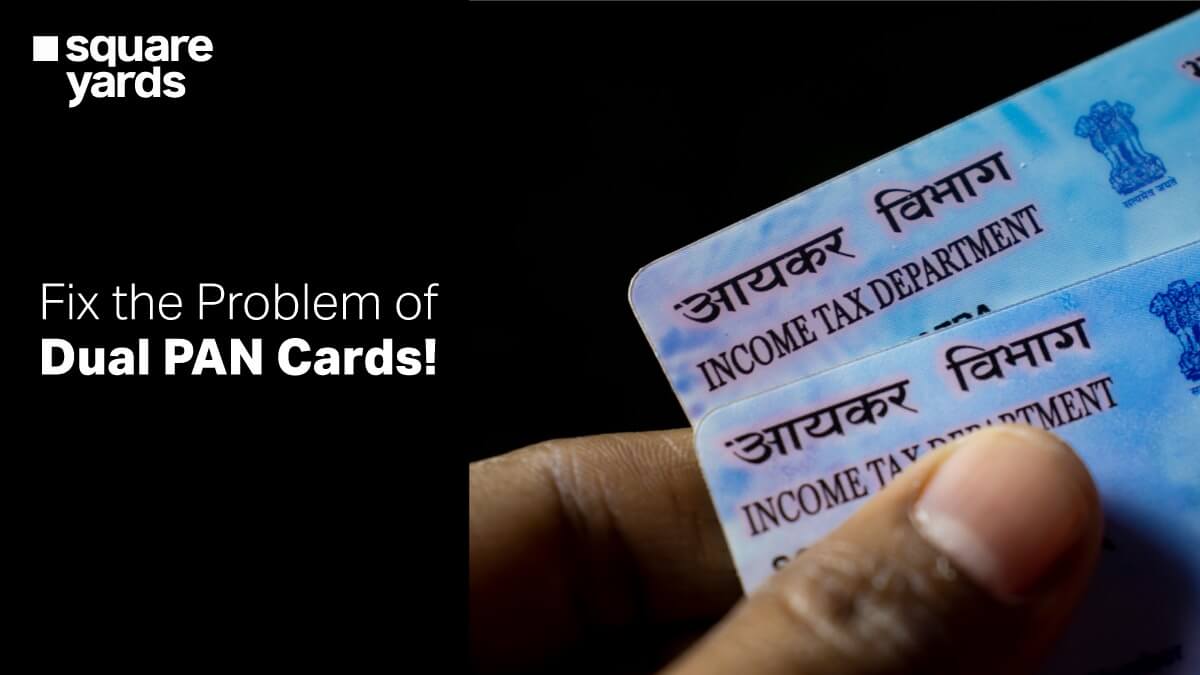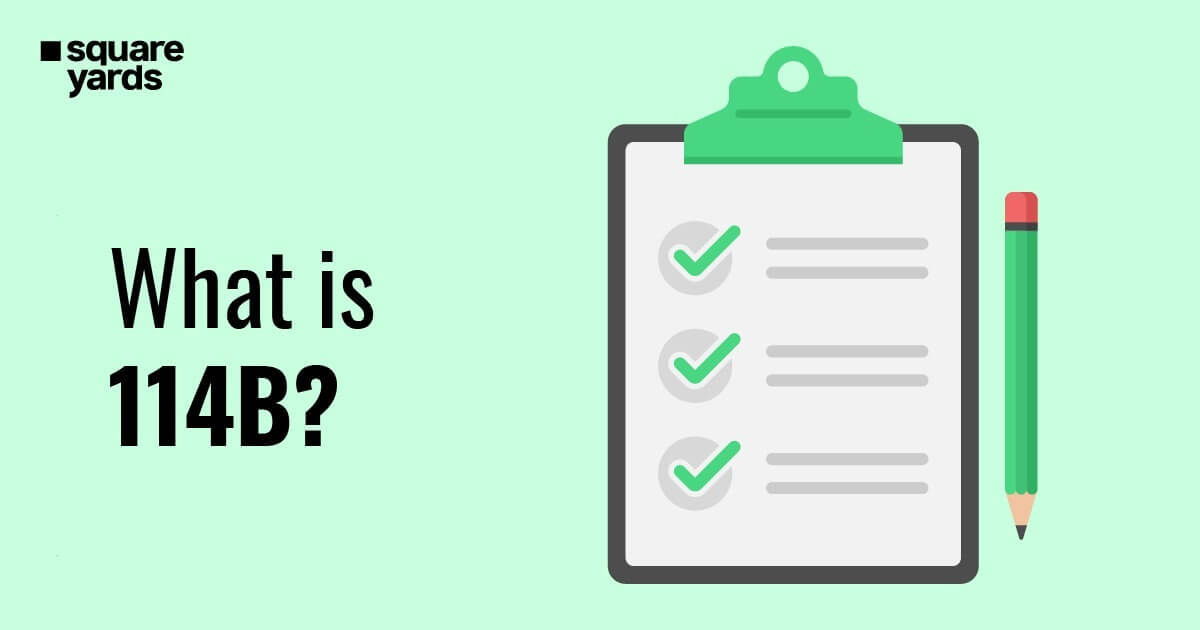Before the Goods and Services Tax came into effect, the Indian taxation system consisted of a number of direct taxes, including wealth tax. However, the Union Budget of 2015 marked the end of the wealth taxation system in the country. In its place, the authorities introduced a new additional surcharge system.
In this blog, we will look at how the previous tax regime worked with a wealth tax in the picture. We will also talk about the importance of wealth tax and the factors that led to abolishing the previous system.
What is Wealth Tax?
Before implementing the Goods and Services Tax in 2015, wealth tax was a type of direct tax that was levied to reduce wealth distribution inequalities.
It was applied to the total wealth of rich individuals, Hindu Undivided Families, and companies. However, with the introduction of the Union Budget in 2015, the wealth tax was abolished, and a 2% additional surcharge came into effect.
The concept of wealth tax was introduced in the 1950s as a direct tax levied on the assessee’s net worth. In this context, net worth can be referred to as the total value of assets minus the total value of debts/liabilities.
It was initially implemented on the uber-wealthy who have accumulated wealth either by inheritance or on their own accord. This tax was levied at a rate of 1% on any extra earning over Rs. 30 lakhs per annum.
What is the Wealth Tax Act?
The Wealth Tax Act was implemented in 1957 to implement and regulate wealth tax throughout the country. The Act states that tax is required to be paid on the market value of any assets owned by individuals, HUFs, exceeding a net worth of Rs. 30 lakhs.
Resident Indians were required to pay wealth tax on their global assets. In contrast, non-resident Indians were required to pay taxes on the assets they owned in India. However, wealth tax is not applicable for the below-given individuals/entities:
- Artificial Judicial Persons
- Trusts
- Association of Persons
- Co-operative Societies
- Companies registered under Section 25 of the Company Act
- Political parties
- Mutual fund investments
Importance of Wealth Tax
Considering that India has over 800 million people living below the poverty line, wealth tax has proved to be a sensitive subject in the past. This is because this tax has been the topic for various ‘pro-poor’ and ‘pro-rich’ debates throughout the years.
Many political parties have demanded that the wealth tax rate be raised to 3% to make the ‘urban crorepatis’ pay more taxes. Further, economists have stated that the wealth tax would have held a special status in today’s India, with the ever-growing number of millionaires in the country.
Wealth Tax Rules
One of the key factors used to determine the tax liability was the residential status of the assessee. If the assessee was an Indian resident, the wealth tax was levied on their global assets. On the other hand, if the assessee was an NRI or a foreigner, they were taxed based on their assets in India only. Let’s look at the list of taxable and tax exempted assets as stated in the Wealth Tax Act of 1957.
Assets Taxable Under Wealth Tax
Below is the list of assets that are liable to be taxed under the Wealth Tax Act of 1957.
- Assets like real estate and gold were taxable under this act.
- Luxury vehicles like yachts, boats, and aircraft were liable to taxation under this law.
- Owning more than one residential property fell under the umbrella of wealth tax.
- Wealth tax was applicable on the market value of a car, except if it was used for a car hiring business.
- Precious metals like platinum, gold, and silver were taxed under this regime. Any amount of cash in hand above Rs. 50,000 was liable to taxation.
- The tax levying will not be exempted if the taxable assets are transferred to the assessee’s spouse.
Wealth Tax Exemption
Given below are some of the situations or assets on which wealth tax was not applicable:
- Investments like mutual funds, shares, debentures, bonds, gold deposit ventures, etc., were exempt from wealth tax.
- Residential property smaller than 500 Square Metres were exempt under this law.
- Any residential property being used for business purposes were tax-exempt under this regime.
- Residential properties rented out for more than 300 days a year were tax-exempt under this law.
- Vehicles that were used for car hiring business were considered as tax-exempt assets.
Calculation of Wealth Tax in India
Wealth tax was levied at a rate of 1%, which was chargeable on any income over Rs. 30 lakhs in the fiscal year.
For Example: If your net income is Rs. 50 lakh in a year, you will be taxed at a rate of 1%. This rate will be charged on the amount exceeding the permissible income of Rs. 30 lakhs per annum.
Wealth Tax Amount = 1% of (Rs. 50 Lakh – Rs. 30 Lakh)
= Rs. 20,000.
In 2014, the Central Board of Direct Taxes had announced that the return filing for wealth tax could only be done online. The form was required to be submitted using a digital signature. This, however, was not the case for those who were not being audited. Such individuals could file their returns through the traditional paperwork process.
Why Was Wealth Tax Abolished?
Since its implementation, the wealth tax has been the subject of several fiery debates. Many political parties had differing opinions about its implementation and regulation.
Finally, in 2015 the wealth tax gave way to a new and more inclusive tax regime of the Goods and Services Tax Act. Let’s take a look at some of the other reasons that led to the abolishment of wealth tax in India:
- Increased Focus on Governance: During the Union Budget speech of 2015, the finance minister stated that the lack of ease in doing business operations was one of the main reasons for abolishing the wealth tax. Additionally, by implementing the new regime, the government could curb tax evasion practises due to the loopholes in the previous system.
- Simplifying the Tax Process: Many economists worldwide agree that the Indian taxation system is extremely complicated, making it vulnerable to litigation. The wealth tax was abolished to ease tax monitoring and increase transparency.
- Low Yield Against High Collection Costs: In a booming economy with an ever-increasing number of billionaires, the wealth tax collected was a mere Rs. 1008 crores. This exposed a major flaw in the system in which the collection cost was much more as compared to the tax collected. Also, wealth tax was not even the major contributor to the amount of direct taxes collected in a year.
- To Increase Collection of Revenue: Economists have determined that by replacing the wealth tax with an additional surcharge, the government can collect up to Rs. 9000 crore in a fiscal year from indirect taxes.
- To Decrease Administrative Burden: To calculate the wealth tax liability of an individual, the authorities had to calculate the value of their assets according to the rules of the Wealth Tax Act. Further, the taxpayers were required to obtain a valuation report from a registered evaluator for some assets like gold. This made the whole tax computation process extremely complicated and tedious.
- To Increase Tax Base and Tax Compliance: As discussed above, the yield to collection cost ratio of wealth tax was very low under the previous tax regime. Wealth tax was abolished as the government wanted to bring more people under the tax bracket. Further, it was also noted that the number of income taxpayers was far more than individuals paying wealth tax.
- Additional Reporting: Abolishing wealth tax means that the taxpayers will have to do extra reporting when declaring assets.
- Eliminating Tax Leakage: The information about the declaration of assets provided by the taxpayer is used by officials to link the declared wealth with the declared income. This ensures that there is no tax leakage in the process. Under the previous tax regime, assets such as jewellery that could not be tracked easily would enable the assessee to skip mentioning such assets during tax declaration.
- Low Awareness: Studies have shown that a majority of the assessees only had a dim understanding of the concept of wealth tax. This meant that individuals were often served notices for evading wealth tax. The fact that there were only 1.15 lakh wealth taxpayers in India in the fiscal year 2011-2012 is a testament to it.
Difference Between Wealth Tax and Income Tax
While income tax is levied on the income earned by the individuals during a fiscal year, wealth tax is levied on the assets bought with the money after income tax has been paid.
Wealth tax was levied on individuals/entities that belonged to a richer section of the economy. This was done to ensure that higher-earning members of society would pay more taxes. On the flip side, income tax is paid by any individual earning more than the permissible amount.
How is Surcharge Calculated?
The surcharge was introduced under the new tax regime after abolishing the wealth tax. The net taxable income was calculated by deducting the income tax liable investment and expenditures from the total gross income.
Example of Surcharge Calculation
Suppose Rahul Singhania, a 35-year-old businessman, has a total net income of Rs. 1.1 crore for the financial year. Out of this amount, he invests Rs. 1.5 lakhs in equity-related investment as taxable under section 80C of the Income Tax Act.
He is also paying Rs 2 lakhs annually as interest for home loan payments. After deducting all the investments, the net income works out to be around Rs. 115 lakhs. Since Rahul’s net income exceeds Rs. 1 crore for the fiscal year, he would be liable to pay an amount of Rs. 3.98 lakhs in the form of a surcharge.
Frequently Asked Questions (FAQ’s)
Since wealth tax has been abolished, can taxpayers avoid declaring their high-value assets?
No, even though wealth tax has been abolished, taxpayers are still required to declare their global assets. This is so because the assets are still liable to be charged an additional surcharge.
What was one of the major reasons for abolishing the wealth tax?
One of the key reasons for abolishing the wealth tax, as mentioned by the finance minister during the Union Budget, was that the tax’s collection costs were very high compared to the collected amount. However, economists have stated various other reasons for putting an end to wealth tax, like abolishing black money, avoiding tax evasion, and creating a streamlined tax system.
Where are the taxpayers required to declare the assets liable to taxation?
The taxpayers’ taxable assets have to be mentioned while filing the income tax returns during the fiscal year.













































